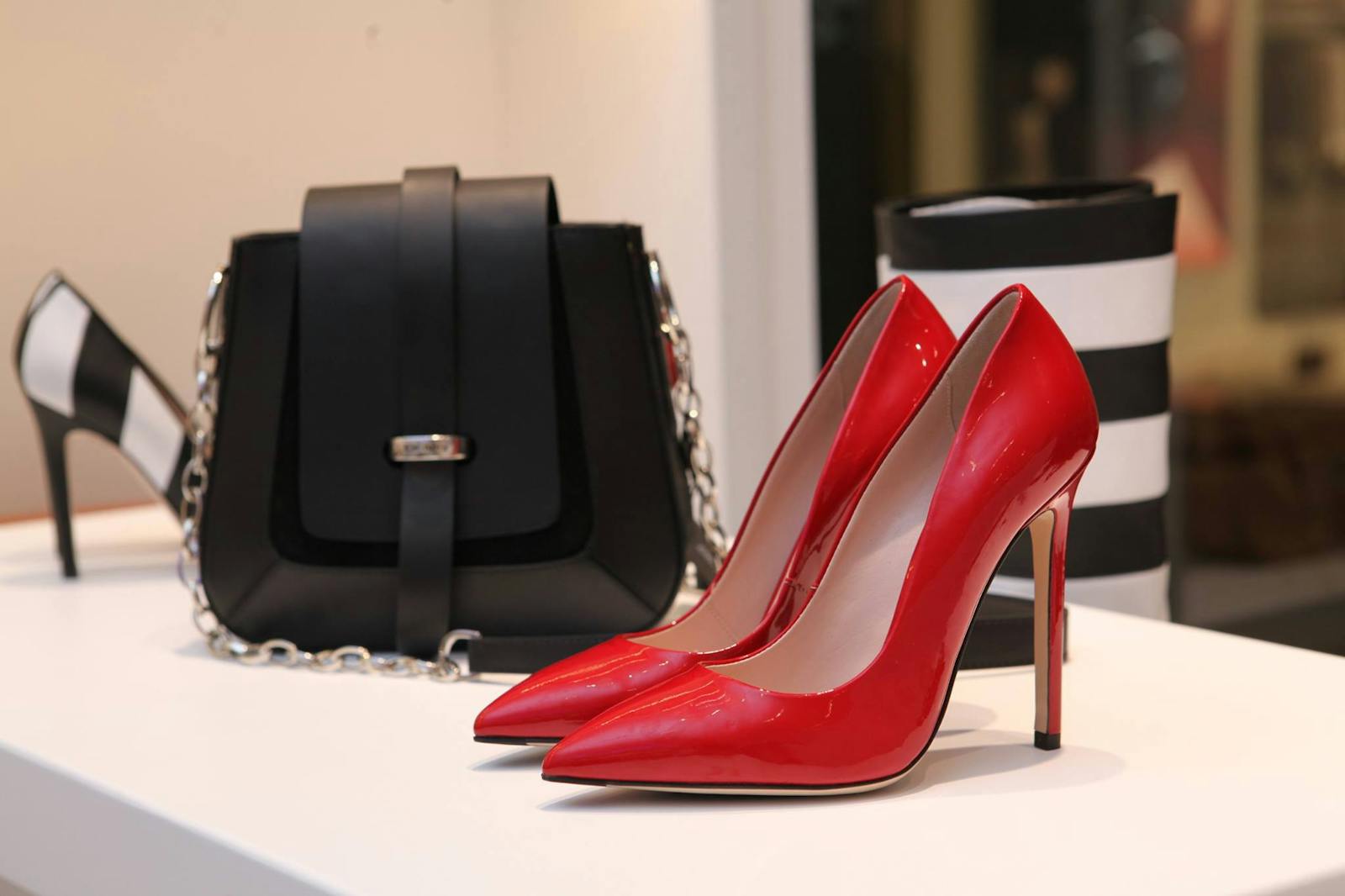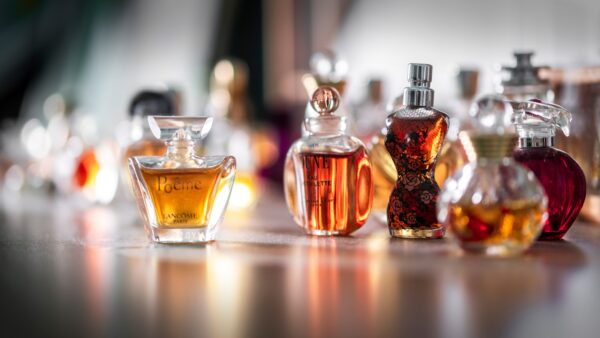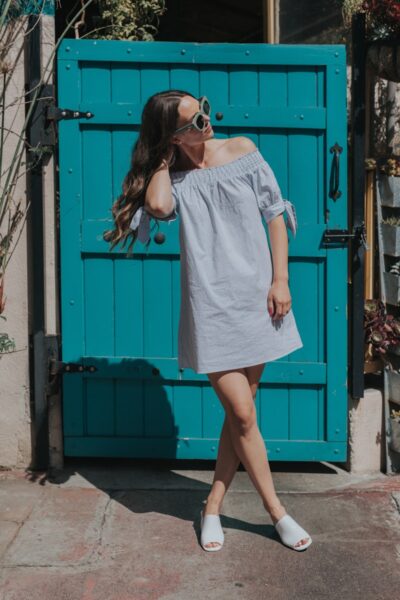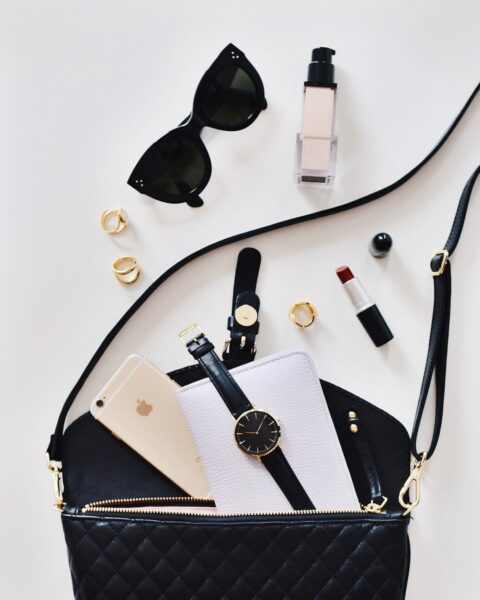Fashion can feel confusing with its many changes and trends. In 1926, Coco Chanel changed fashion forever by creating the Little Black Dress. This article shows you ten big moments that made fashion what it is today.
Get ready to see how simple clothes became powerful statements.
1911: Paul Poiret - The King of Fashion Introduces Modern Fashion Editorial
Paul Poiret changed fashion marketing in 1911 with his bold move to link fancy clothes with beautiful stories in magazines. His creative style set new rules for how fashion brands show their clothes in print, making him a true leader in the fashion world.
Paul Poiret, renowned for his avant-garde designs, revolutionized fashion marketing by linking haute couture with lush, narrative-driven editorials, setting a new standard for fashion publications.
The King of Fashion changed how we see style forever. In 1911, fashion innovator Poiret worked with Edward Steichen to create stunning photos for Art et Décoration. His avant-garde designs broke old rules by getting rid of corsets.
He made fashion more artistic and free.
The Metropolitan Museum of Art gave him the title “King of Fashion” for good reason. He started the first perfume line by a fashion designer. His fresh ideas made haute couture feel new and exciting.
His work set the path for today’s billion-dollar fashion world. Next came another big change in fashion history – the famous Little Black Dress by Coco Chanel.
1926: Coco Chanel Debuts the Little Black Dress
Coco Chanel changed fashion forever in 1926 when she put the Little Black Dress in Vogue magazine, making simple black dresses a must-have for women who wanted to look stylish – stay tuned to learn about more game-changing fashion moments that shaped what we wear today!
Coco Chanel introduces the Little Black Dress (LBD) in Vogue, a staple that redefined women’s fashion with its elegance and simplicity, becoming an everlasting symbol of chic.
The Little Black Dress made its grand debut in Vogue’s October 1926 issue. Chanel turned black, a color linked to mourning, into a fashion statement for all women. The simple design brought sophistication to everyday fashion.
The LBD stood out as a classic piece that any woman could wear and afford.
Simplicity is the keynote of all true elegance. – Gabrielle ‘Coco’ Chanel
The dress gained more fame through Hollywood stars in the 1940s. Movie icons wore the LBD on and off screen, making it a must-have piece. Its basic style worked for both day and night events.
The dress proved that elegant fashion could be simple and available to everyone. Today, the Little Black Dress stays a key part of women’s wardrobes worldwide.
1930s: Elsa Schiaparelli Merges Art with Fashion
Elsa Schiaparelli shook up fashion in the 1930s by mixing art with clothes in bold ways. She worked with artists like Salvador Dali to create wild designs that mixed dreams with style, making people see fashion as art.
Elsa Schiaparelli, known for her artistic collaborations and surreal designs, infused fashion with a bold, creative spirit that challenged and expanded the aesthetic boundaries of her time.
In the 1930s, fashion took a bold turn with Schiaparelli’s unique designs. She worked with artist Salvador Dalí to create the famous lobster dress in 1937. Her creative spirit brought new ideas to fashion through fun and strange pieces like the Shoe Hat and Tears Dress.
Schiaparelli made fashion more useful by adding sporty clothes to her collections. She made zippers cool by using them as pretty details on clothes. Her bold style mixed art and clothes in ways no one had tried before.
Her work pushed fashion limits and showed that clothes could be both fun and useful.
1947: Christian Dior Unveils the New Look
Christian Dior made fashion history with his Bar Suit design in 1947. The suit had a full skirt and tight waist that gave women a fresh look after World War II.
Post-WWII, Christian Dior introduced the “New Look,” featuring rounded shoulders, a cinched waist, and a full skirt—a design that reshaped women’s fashion in the late 1940s and beyond.
The fashion world changed on February 12, 1947. Dior showed 90 new styles that day. His fresh designs brought back fancy clothes after World War II. People loved the soft shoulders and tiny waists.
The full skirts made women look like flowers in bloom.
Fashion is not something that exists in dresses only. Fashion is in the sky, in the street. – Christian Dior
The New Look made women feel pretty again. Ladies wanted the hourglass shape it gave them. The style was very different from the plain, boxy clothes of the 1940s. Rich fabrics and big skirts replaced the simple wartime fashion.
This new style stayed popular for many years after.
1966: Yves Saint Laurent Introduces Le Smoking Tuxedo
Yves Saint Laurent broke fashion rules in 1966 with his Le Smoking tuxedo for women, which gave ladies a bold new way to dress up – stay tuned to learn about more fashion game-changers that shaped what we wear today!
Blurring gender lines, Yves Saint Laurent’s Le Smoking tuxedo for women was groundbreaking, empowering women with a new silhouette that exuded strength and elegance.
In 1966, Le Smoking tuxedo broke fashion rules by giving women a bold new choice. This groundbreaking design mixed male and female styles into one perfect outfit. Famous actress Catherine Deneuve wore the tuxedo and showed everyone how amazing it looked.
The sleek black suit made women feel strong and powerful at fancy events.
The tuxedo for women changed how people saw fashion forever. Saint Laurent’s design gave women more freedom to wear what they wanted. The suit had clean lines and perfect cuts that worked for any woman’s body.
Many stars loved this new style because it mixed power with grace. This fresh take on formal wear proved that clothes did not need to follow old gender rules.
1974: Beverly Johnson Becomes the First Black Model on Vogue's Cover
Beverly Johnson made history in 1974 as she graced the cover of Vogue magazine. Her stunning cover photo broke barriers and opened doors for many Black models in the fashion industry.
Beverly Johnson’s appearance on the cover of Vogue marked a significant moment in fashion, breaking racial barriers and paving the way for models of color.
Fashion history changed forever in August 1974. Vogue magazine put a Black model on its cover for the first time. Famous photographer Francesco Scavullo took the groundbreaking photo of Johnson.
This moment opened doors for models of color in the fashion world.
Johnson broke racial barriers in the modeling industry. She went on to appear on more than 500 magazine covers in her career. Her success helped create more chances for Black models and professionals.
She spoke up for fair treatment and more inclusion in fashion. Her work made the fashion industry better for everyone.
1976: Calvin Klein Pioneers the Designer Jeans Craze
Calvin Klein changed fashion forever when he put jeans on the runway in 1976. His bold move made denim cool and fancy, turning basic blue jeans into a must-have fashion piece that everyone wanted to wear.
By showcasing jeans on the runway, Calvin Klein not only popularized designer denim but also ignited a trend that democratized fashion.
In 1976, designer jeans made their first appearance on a fashion runway. Klein’s bold move turned basic denim into high fashion. His runway show sparked a huge change in how people saw jeans.
Soon after, other big names like Armani and Guess started making their own fancy jeans too.
The rise of designer denim brought new styles to stores. Special treatments like stonewash and acid wash made jeans look more stylish. These cool new looks helped make fashion more open to everyone.
This big shift in fashion led to another exciting change in the industry – the rise of Rei Kawakubo’s unique style in Paris.
1982: Rei Kawakubo’s Debut in Paris with Comme des Garçons
Rei Kawakubo shocked Paris Fashion Week with bold designs that broke beauty rules, showing raw edges and black clothes that changed how we see fashion – want to learn what other moments made fashion what it is today? Keep reading!
Rei Kawakubo’s introduction of Comme des Garçons at Paris Fashion Week showcased a radically different aesthetic that challenged conventional ideas of beauty and form in fashion.
The 1981 Paris Fashion Week saw a bold new style from Comme des Garçons. The brand showed clothes that broke all fashion rules. Models walked down the runway in torn and ragged pieces from the “Destroy” collection in 1982.
This fresh take on fashion made people think about beauty in new ways.
The brand’s unique style changed how we see fashion today. Dark colors, odd shapes, and rough edges became cool instead of weird. These strange but amazing clothes pushed fashion into new areas.
Paris had never seen anything like this before. The fashion world started to accept different ideas about what looks good after this big moment.
1992: Alexander McQueen's Graduate Collection Captivates the Fashion World
Alexander McQueen shook up the fashion world in 1992 with his bold graduate show “Jack the Ripper Stalks His Victims.” His raw mix of Victorian drama and punk edge made fashion experts take notice and sparked a new era of daring runway shows.
Alexander McQueen’s dramatic and emotionally charged graduate collection introduced a new level of theatricality and technical prowess to runway shows.
McQueen’s graduate show at Central Saint Martins made fashion history. His collection “Jack the Ripper Stalks His Victims” shocked and amazed people. He used his own hair to sew clothes.
The coats had sharp thorns that stood out on the runway.
The designer brought new drama to fashion shows through bold ideas. His 1999 show “No. 13” featured Paralympian Aimee Mullins wearing special prosthetic legs. This mix of fashion and innovation set new standards for runway shows.
The next big change came from Versace, who brought back famous models from the 1990s.
2018: Versace Reunites Iconic 90s Supermodels
Donatella Versace brought back the magic of 90s fashion with her Spring 2018 show. Supermodels Naomi Campbell, Cindy Crawford, Claudia Schiffer, Helena Christensen, and Carla Bruni walked the runway in gold dresses to honor Gianni Versace’s legacy.
Versace’s Spring 2018 show closed with a tribute to Gianni Versace featuring iconic 90s supermodels, linking the brand’s rich heritage with contemporary fashion culture.
The Spring 2018 Versace show brought magic to the runway. Famous supermodels from the 1990s came back to honor Gianni Versace’s work. Naomi Campbell and Cindy Crawford walked the stage in golden dresses.
This special show marked 20 years since Gianni Versace passed away. The crowd stood up and cheered as these fashion icons walked down the runway.
The mix of past and present made this show very special. Old stars joined new faces to show off Versace’s latest styles. The fashion world loved seeing their favorite models back on stage.
This big moment showed how fashion can bring different times together. Now, let’s look at how these iconic moments shaped the way we dress today.
Exploring Timeless
Fashion stays strong through time. Iconic designers like Coco Chanel and Christian Dior made styles that people still love today. These styles show how fashion connects with life changes in our world.
Many top fashion shows have changed how we see clothes forever.
Lasting trends prove that good style never dies. Simple items like the Little Black Dress remain popular year after year. Fashion now focuses on making clothes that last longer and help our planet.
These choices make fashion better for everyone who loves style.




